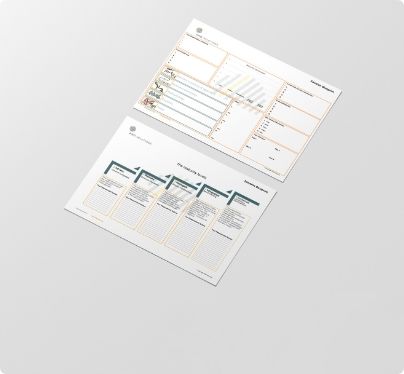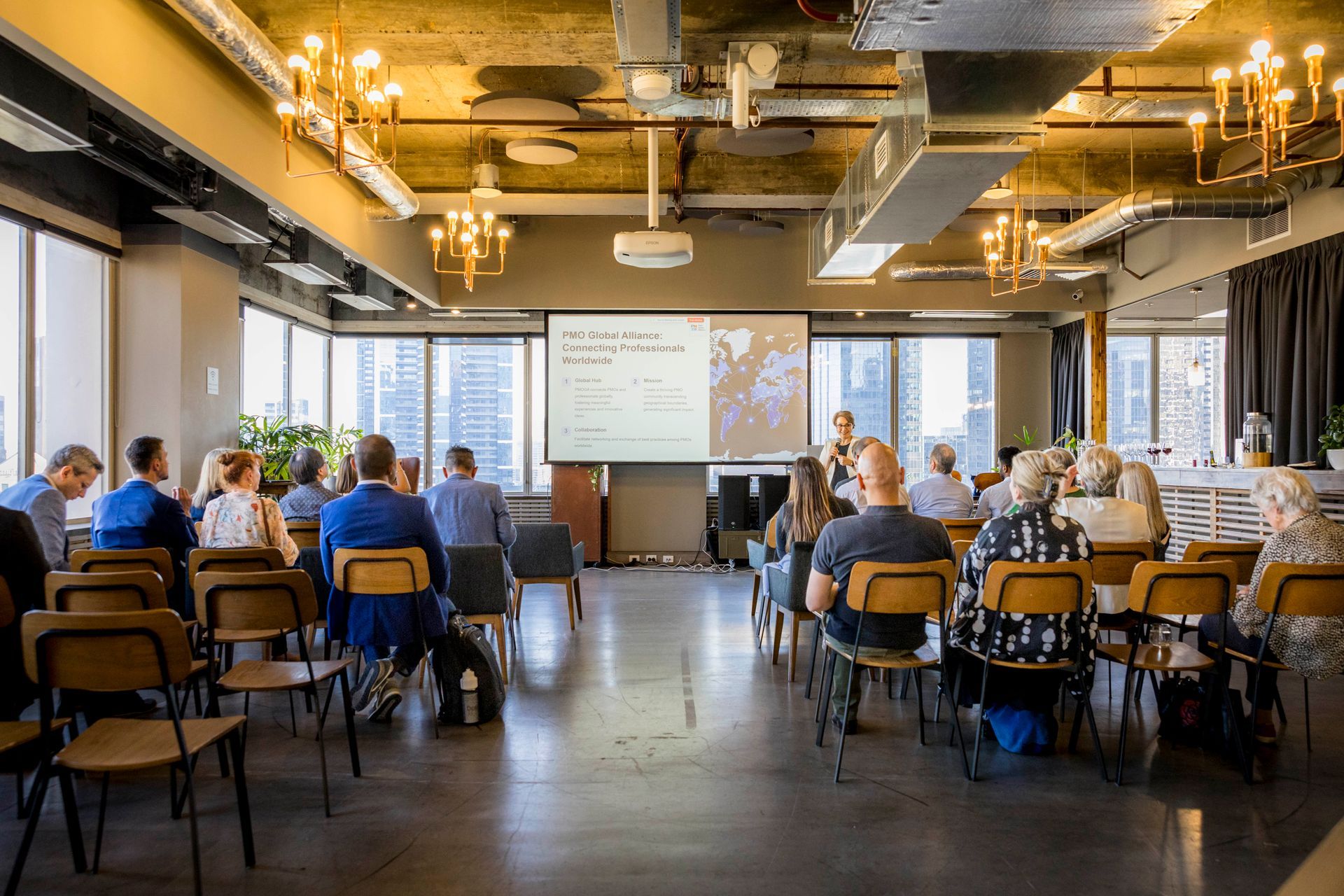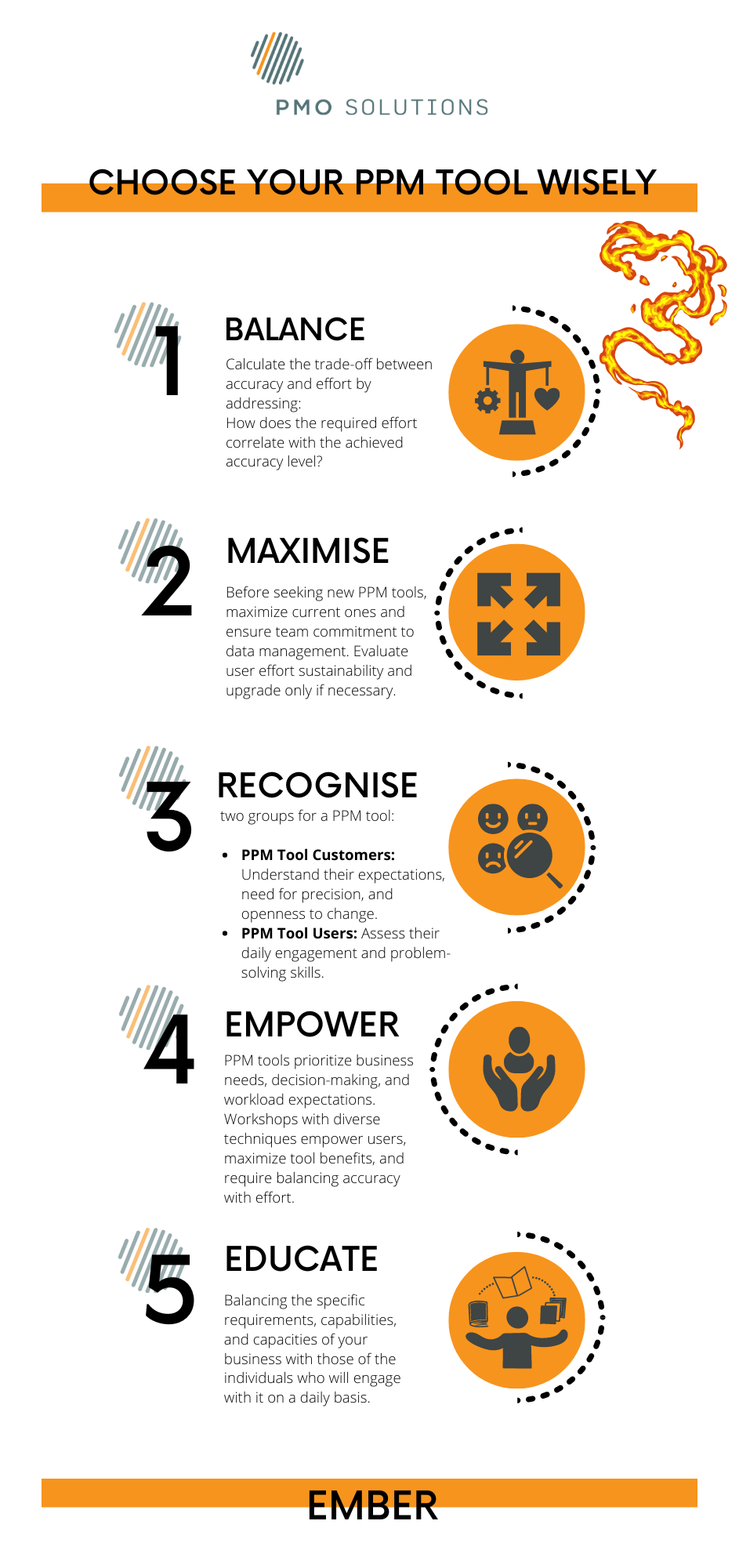25 July 2017
How to Set up a Program Management Office From Below Zero

Setting up a PgMO is a challenge and finding out the start point is bigger challenge! develop and maintain PgMO success.
It was our great pleasure speaking in Sydney PMO meet up , session sponsoring by EPM-Partners, and sharing our experience in setting up a program management office for a below zero environment.
Below zero situations:
Below zero, means your hands, head and body are cold and frozen. You want to stick to your heater and love to have a hot drink or soup. You don’t like to move and there is not much sun.
Why is our case study in a below zero environment? Our case study was below zero as there was no clear visibility, no accountability and decision making was ad-hoc. In this situation project managers were fire fighters and the client was frustrated; nobody wanted to communicate. The main problem was making change was almost impossible. It seemed no one wanted to listen or follow any process, even those processes which the senior management team support.
We got the chance of setting up a Program management office for a below zero environment. We observed some opportunities and challenges in the first one or two weeks. For example, the organisation is a young organisation which makes it both challenge and opportunity.
Our journey:
Our 12 month journey can be broken in different phases:
- First interview
- First months
- New team member
- Mid journey crises
- New troops
- Today!
Where To Start
The right start point and focus area, are the main key success in setting up the PgMO, especially for a frozen environment. It costs time and money to set up the structure and solutions that are not addressing the business main pain points and objectives. Our journey started from our first interview with program management team with a question of why do you need a PgMO and why PgMO? Simple answer, we want a PgMO to make our life easier, this is the sign of painful areas. Second answer: we think PgMO can connect different part of the business together, this shows the management feel the cold and believe PgMO can warm it up and create connections between different parts of the business.
The First Months
In theory, the first months should be all about understanding the As-is situation. We added two steps before step one as steps -1 and 0 as:
Step -1: knowing ourselves, we did a SWOT (Strength, Weakness, Threat and Opportunity) analysis on ourselves and the high level understanding of the business. We set our target to deliver our service based on our strength.
Step 0: picture your team within the environment. The culture, team’s needs and required resources. One of the main things in below zero situations is to manage your pace with the environment temperature. Don’t rush in your process. You need to tune your pace with your customer’s pace at the beginning. When you get the buy in and the trust you can speed it up.
Then the step 1 is to analyse the as-is situation and finding out the main pain points, business requirements and stakeholders.
To do so, we used the PMO Solution Blueprint which helps to start the journey in a structure and proposing solution.
The must dos:
- Simple, sound and achievable solutions
- Program Management Office (PgMO) vision
- PgMO short-term and long term objectives
- Solution roadmap
- PgMO values
- Expected benefits list
- And the baseline
To implement the integrated solution, it’s important to use the right framework which is simple and versatile. The benefits of using the PMO Solutions framework are:
- A good reference in communicating with different stakeholders
- It covers all aspects of the business
- It is adaptable and can support different needs of the business
In first months of our journey we used our PMO Solutions framework to set up the foundations and structure.
New Resources:
A new, young, active and savvy PgMO expert is gold. Our new resource joined our team with expertise which complement the function. Getting the right resource, who can add more to your strength and mitigate your weakness is vital. Our new resource helped us to increase the temperature and helped us to engage our sponsors and stakeholders.
Mid Journey Crises:
Christmas mood, changes in structure and big change in client’s requirements structure were our mid journey crises.
Our lesson learnt:
- Consistency is the key: Although changes happened and we needed to review our strategy, we learnt how to be consistent in our structure and framework.
- “we” is stronger than “I”: PgMO should lead the team and make them believe their capabilities. There should be no individual credit.
- You are the role model of your solution
- Let them make mistakes: If there is no mistake there is no success
- Show the ugly face: PgMO should be honest on supporting decision makers. If your sponsors don’t have visibility on the right picture, they won’t be engaged.
Our win cards:
- Assessment: we had a very good self-assessment strategy in place which helped us manage new changes and our strategy aligned with the business requirements.
- Education and training
- Being transparent
- Art, colour and fun: we use art, colour and fun in any of processes. We believe people should enjoy working with us first.
- We didn’t give up
- Best use of Technology
New Troops:
Due to the changes, the new roles introduced to the business in managing projects as “Portfolio manager”. They are responsible and accountable for managing projects in different portfolios. Through this change, PgMO plays the enabler role rather than deliverer. Our main role changed to supporting and leading the Portfolio Managers to manage their projects aligned with program benefits and outcomes.
Our lesson learnt:
- Let the framework manage your scope
- Being transparent on your objectives
- Just motivate - motivating portfolio managers and strong support from PgMO made them to be our best friends along the journey.
- Don’t assume anything. No assumption in any case. PgMO should be clear and open to keep the trust and engagement.
- Develop, Teach, Repeat, Refresh (DTRR). If you develop any process, you run the training, do not forget to keep repeating and refreshing it.
Our win cards:
- Good team work! Especially PgMO and portfolio managers
- Clear, to the point communication, PMO Solutions framework makes it much easier
Today:
Now a days we are looking forward to implementing an enterprise project management tool. We completed the proof of concept phase and planning for our next challenge of production phase. We selected project online and work very closely with EPM-Partners implementing an efficient system benefiting business.
As outcomes of the first 12 months, we received great feedbacks of client and our stakeholders. We see the project management maturity improved from the time we started. We get our words from different tellers which shows us we have improved.
Conclusion:
Setting up a program management office is a challenge especially when you need to start everything from below zero. To succeed our recommendations are:
- First steps -1, 0, 1 are important
- Define your values and be a role model of your standards
- Complexity is your enemy
- Requirement management, business analysis and Agile techniques are the win cards
- Everything with makeup is prettier
- What was DTRR ? (Develop, Teach, repeat, refresh)
Book your time with us to explore how we can work with you to implement a warm and cosy PMO :)







